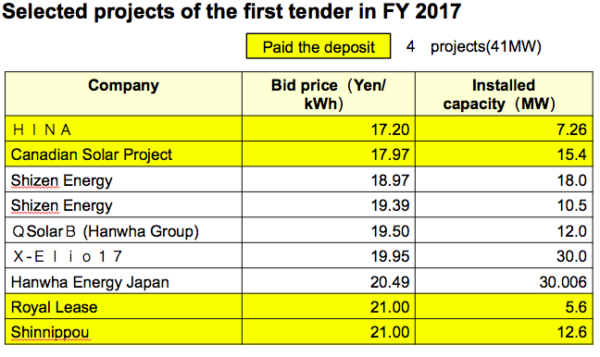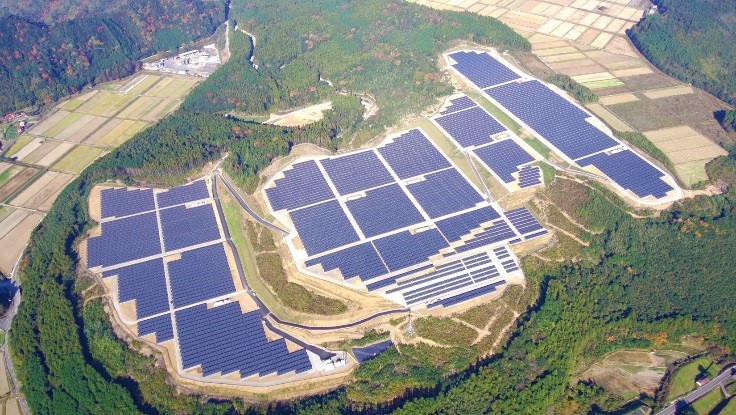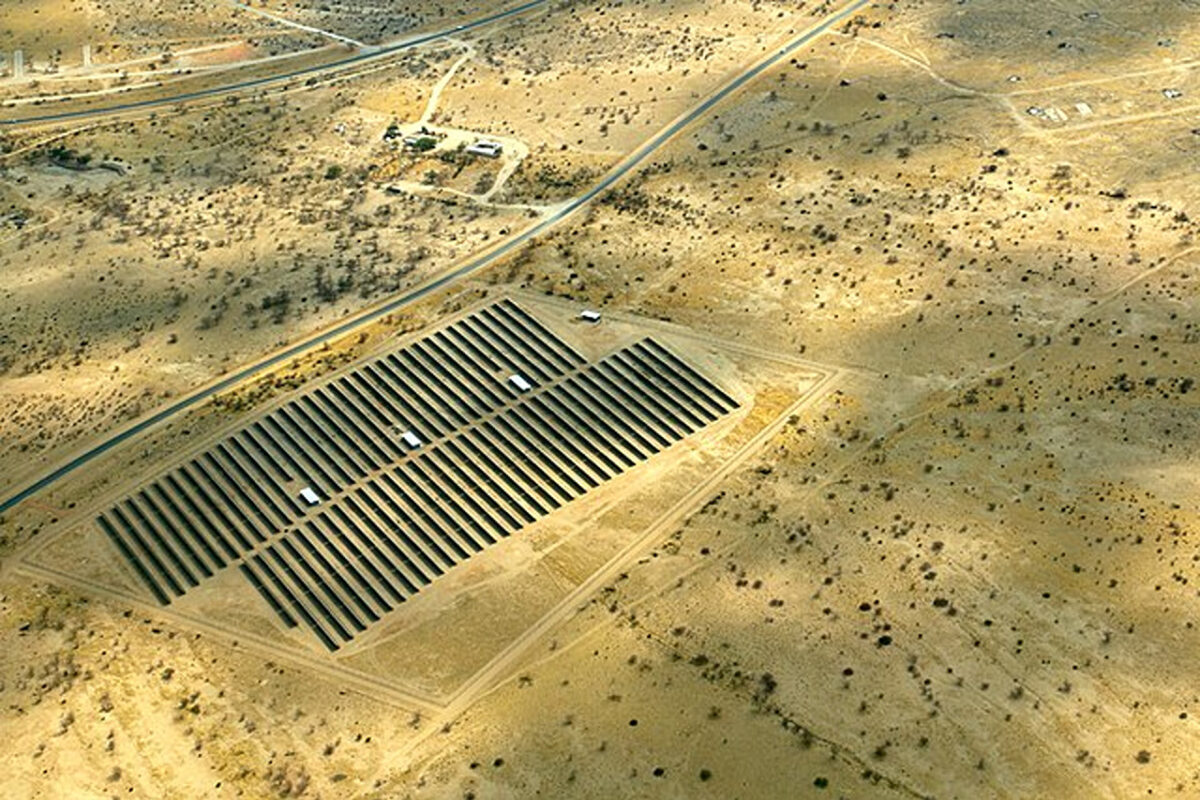PEVE, a joint venture between carmaker Toyota and electronics corporation, Panasonic, has announced it is scaling up battery pack manufacturing in Japan.
According to an announcement, it plans to open four new production facilities for the manufacture of lithium-ion batteries in Miyagi Prefecture. While the first plant is currently under construction, with operations scheduled to start this September, a further three factories are in the planning, with operations expected to commence in 2020 and 2021.
While the announcement did not disclose the capacities of the plants, Taiwan-based TrendForce says they will reportedly each host an annual capacity of 200,000 battery packs, for a total 800,000.
PEVE also manufactures nickel-metal hybrid (NiMH )battery packs in Miyagi. It has three facilities dedicated to this – opened between 2010 and 2015 – with a total annual capacity of 500,000.
Overall, PVEV says it had 950 employees by the end of this June 30.
50 MW project
In other large-scale news, Germany’s NORD/LB Norddeutsche Landesbank has said it will finance Berlin-based saferay GmbH’s 50 MW solar PV project to the tune of around JPY15 billion (around €115 million).
JPY 13 billion is going towards the construction and operation of the plant, which will be located in the prefecture of Hiroshima. Construction is scheduled for completion in the first quarter of 2020.
Dr. Thomas Gnefkow, Managing Director at saferay, commented, “After some initial difficulties with the local financing for our projects in Japan we are very pleased to have found a reliable, dynamic and innovative partner in NORD/LB.”
He continued, “The international financing structure means our projects can be realised more quickly and competitively than with local financing solutions. This enables us to follow a much steeper growth path in our focus market of Japan, which we wish to pursue over the long term with our partner NORD/LB.”
Kyocera and Tokyo Century Corporation also yesterday announced that they had completed construction on a 28 MW solar project in Miyagi prefecture. The company says it has installed solar power plants across 67 sites in Japan, worth around 258.1 MW, since the company was established in August 2012.
Auction update
The results of Japan’s first solar PV auction, announced this January, told a sad tale, with just 141 MW were awarded out of the possible 500. Of this, just four projects totaling 41 MW paid the secondary deposit, while the other five, representing 100 MW, withdrew.

Image: RTS Corporation
At the time, Martin Tengler, Japan solar analyst at BNEF told pv magazine, “The auction was under-subscribed because the government didn’t provide enough guarantees regarding land, grid connection and power off take to make it attractive to developers.” He added, “Most developers have projects in the pipeline and know that there will be two more auctions in 2018, so they chose to sit this one out.”
Another two auctions are to be held this year, in May and September, with a total of 500 MW potentially available. Depending on how the first auction is subscribed, the second will be adjusted to reflect this figure.
May came and went, however, without any news on the auction. pv magazine recently spoke to RTS Corporations’ Izumi Kaizuk for an update.
According to her, the deadline to submit the business plan for the second auction was May 2, while the tender process proper will start on August 10. The deadline to participate in this tender is August 24, while the results will be announced on September 4.
The start of the tender process for the third auction, meanwhile, will begin on November 22, with the deadline for participating set for December 7.
While Kaizuk could not provide any further details on the second auction, commenting on the failures of the first auction, and specifically, the difficulties for developers in securing contracts with utilities, she said, “Generally, it can take a long time for the utilities to study their grid hosting capacity and agree to connection of a new project.
“And with the auction rules, this meant a very high risk of losing the deposit. As well as improvements to the tender process, developers are asking for improvements to grid management, and disclosure of more information regarding grid connection.
“Several developers also cited problems with securing suitable project sites as a reason for not participating in the tender, and mitigation of land restrictions allowing the use of abandoned farmland and former industrial areas has been requested by several.”
In a presentation she provided to pv magazine, the three main reasons why the first auction was so unpopular were: issues with securing project sites; securing grid connection; and the conditions of the tender.
This content is protected by copyright and may not be reused. If you want to cooperate with us and would like to reuse some of our content, please contact: editors@pv-magazine.com.




By submitting this form you agree to pv magazine using your data for the purposes of publishing your comment.
Your personal data will only be disclosed or otherwise transmitted to third parties for the purposes of spam filtering or if this is necessary for technical maintenance of the website. Any other transfer to third parties will not take place unless this is justified on the basis of applicable data protection regulations or if pv magazine is legally obliged to do so.
You may revoke this consent at any time with effect for the future, in which case your personal data will be deleted immediately. Otherwise, your data will be deleted if pv magazine has processed your request or the purpose of data storage is fulfilled.
Further information on data privacy can be found in our Data Protection Policy.